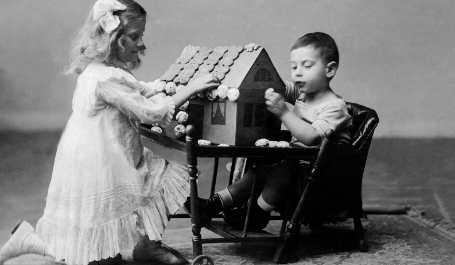
At first, I didn’t think there were any other American holiday foods besides turkey at Thanksgiving–or maybe candy for Halloween. That was until my mom “needed” to go to homegoods and bought a gingerbread house.
That’s when I got to wondering, “Where did gingerbread houses come from? And why is it a house?”
To truly understand its flavorful history, it’s important to learn about gingerbread.
Funnily enough, gingerbread wasn’t ever actually a bread. Like most English words, it stemmed from Europe–more specifically, France. Gigembras is an old French word that means “gingered food”. Afterward, Middle English took over and changed the word into gyngebreed, which later became gingerbread.
Ginger was thought to be good for the stomach, and in medieval times, gingerbread was a medicinal candy. At around the same time, Germany had lebkuchen–known as honey cakes in English. Later on, around the 1500s until the eighteenth or nineteenth century, gingerbread transformed into a highly spiced crisp cookie, took inspiration from lebkuchen, and added designed patterns.
Now this is where its history becomes a debate. Some food historians believe that gingerbread houses came from the Brothers Grimm’s story, Hansel and Gretel, in which two siblings discover a house made from candy. However, others believe all the story did was popularize them. In any case, after the story was published, German bakers began making decorated gingerbread houses, and it became a Christmas tradition. This tradition came to America with the help of Germans who emigrated to Pennsylvania.
In my research, I saw a really good idea for when making a gingerbread house! Most people, myself included, typically stick the walls using icing. However, I read that melted sugar could be a better solution! Using water and sugar, when heated it turns into a nice caramel-colored syrup. Using this syrup, one could use this as a way to connect the gingerbread house walls. This makes for a cleaner look and more icing to use solely for decorating.








